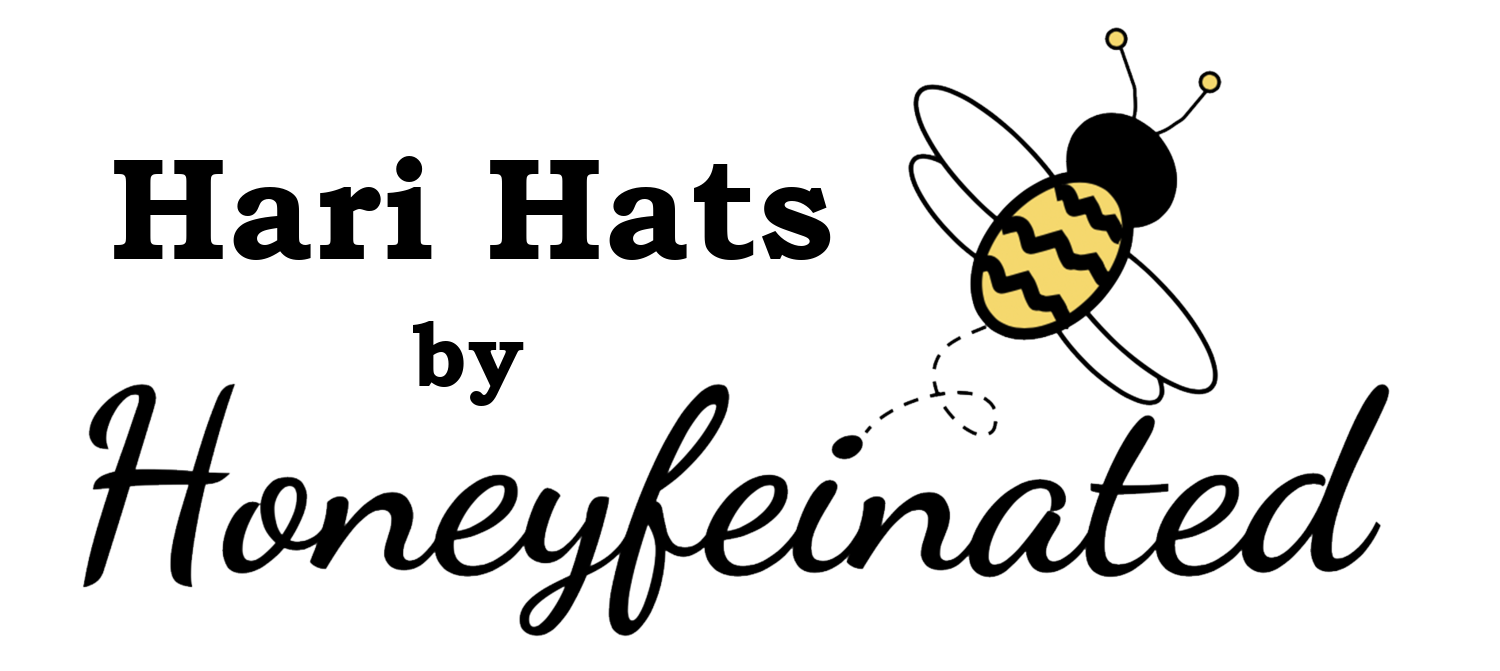
Introduction
Mold growth is often misunderstood, with common misconceptions surrounding its preferences for warmth. In this exploration, we aim to shed light on the relationship between mold and temperature, particularly in cold conditions. Understanding the basics of mold biology, the science behind its growth in varying temperatures, and practical prevention and remediation measures are crucial for maintaining a healthy home environment.
Understanding Mold: Basics and Biology
Mold, a type of fungus, plays a vital role in the environment by breaking down organic matter. In homes, various mold types, such as Aspergillus and Penicillium, are commonly found. Mold reproduces and spreads through microscopic spores, making it imperative to comprehend its life cycle for effective control.
The Science of Mold and Temperature
Optimal temperature ranges are a key factor influencing mold growth. While many associate mold with warmth, psychrophilic molds can thrive in cold temperatures. This section delves into the science of how temperature impacts different types of mold, debunking the myth that mold only flourishes in warm environments.
Cold Environments and Mold Growth
illustrative case studies showcase instances of mold growth in unexpected cold areas, such as refrigerators and cold basements. Emphasizing that temperature is just one contributing factor, we explore how moisture and the presence of organic materials also play crucial roles in mold development.
Preventing Mold in Cold Conditions
Controlling humidity levels is pivotal in mold prevention. Practical tips for reducing moisture in cold areas, along with recommended products or tools for monitoring and controlling environmental conditions, provide actionable steps to curb mold growth.
Dealing with Mold in Cold Environments
In the unfortunate event of discovering mold in cold areas, this section outlines steps to take, including when to call professionals for mold remediation. We address the health implications of mold exposure and provide insights on protective measures.
Frequently Asked Questions
Addressing common questions demystifies mold-related concerns. From whether mold can grow on windows during winter to understanding the impact of snow on outdoor mold growth and the possibility of mold surviving in the freezer, this section provides clarity on various scenarios.
Hari Hats: A Defense Against Mold Spores
Amidst the arsenal of tools for maintaining a mold-free environment, Hari Hats stands out as a revolutionary solution. At www.harihats.com, Hari Hats introduces innovative air purification technology directly into a wearable hat format. Beyond its practical design and user-friendly features, Hari Hats has the ability to filter out mold spores, contributing to a cleaner and healthier personal space. Explore Hari Hats to discover how this wearable air purifier aligns with your mold prevention efforts.
Conclusion
In conclusion, vigilance and regular maintenance are paramount in preventing mold growth in cold conditions. By dispelling myths, understanding mold biology, and implementing practical measures, homeowners can create environments that deter mold. The insights shared in this post serve as a guide to fostering a healthier living space, ensuring that mold's potential threats are mitigated through informed awareness and proactive measures.
Also Read: Guide to Eliminate Mold Spores in Air
